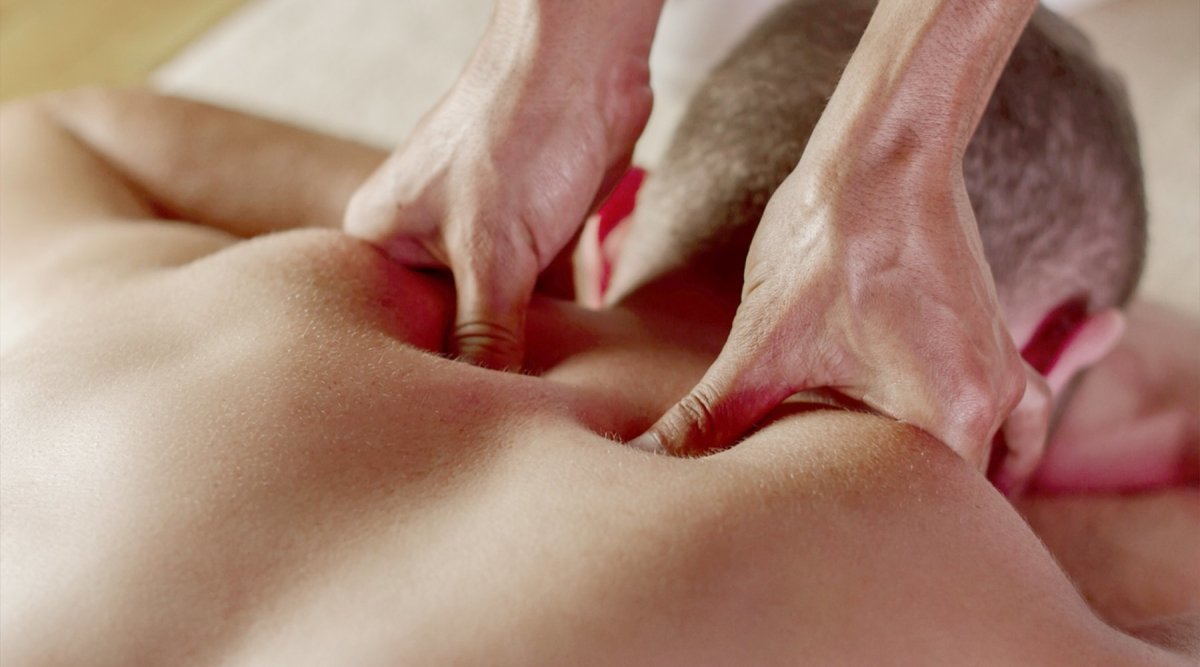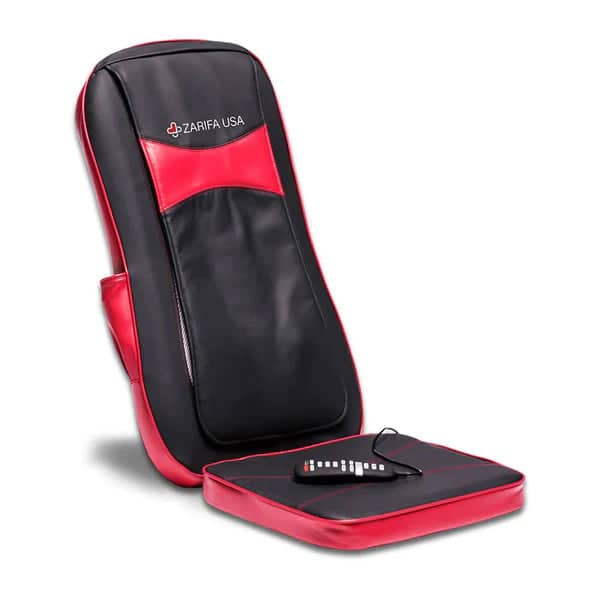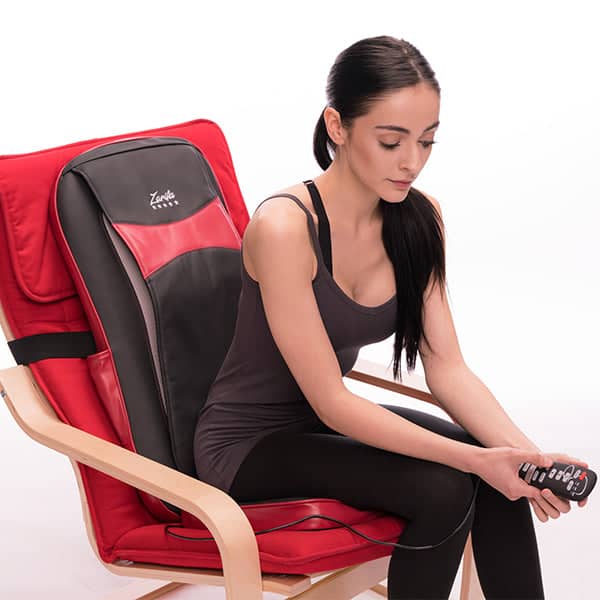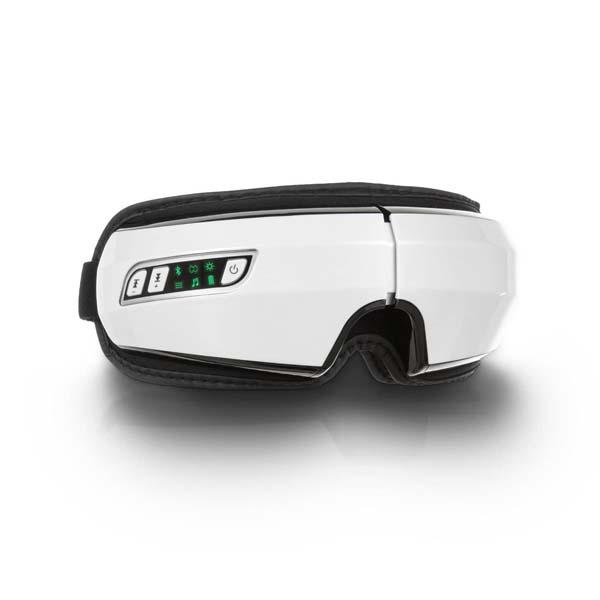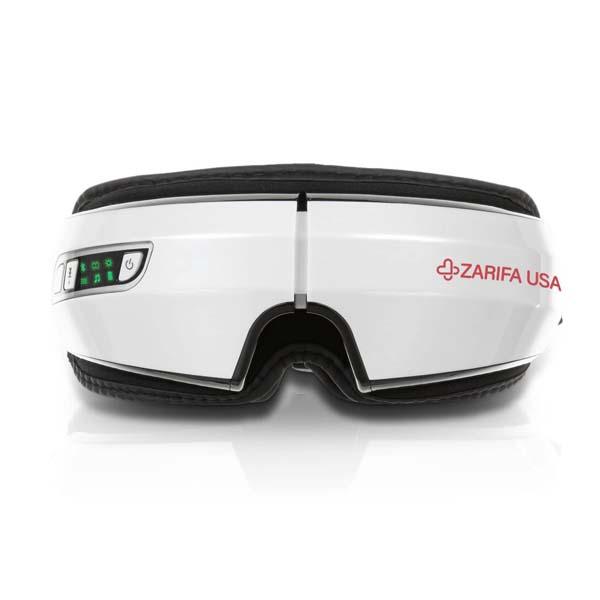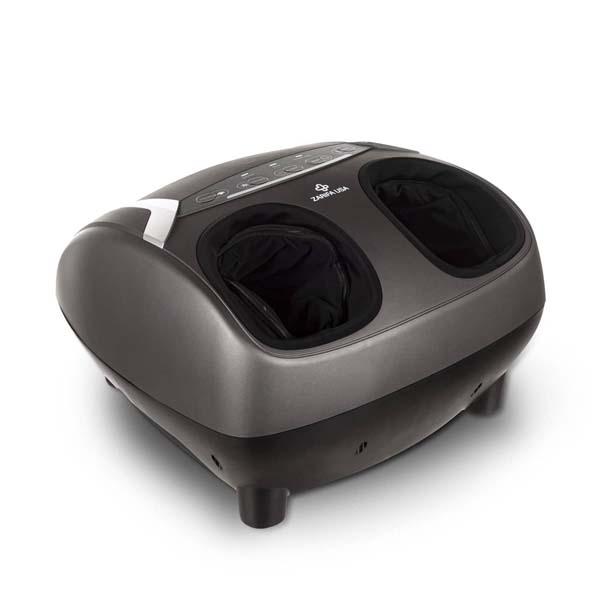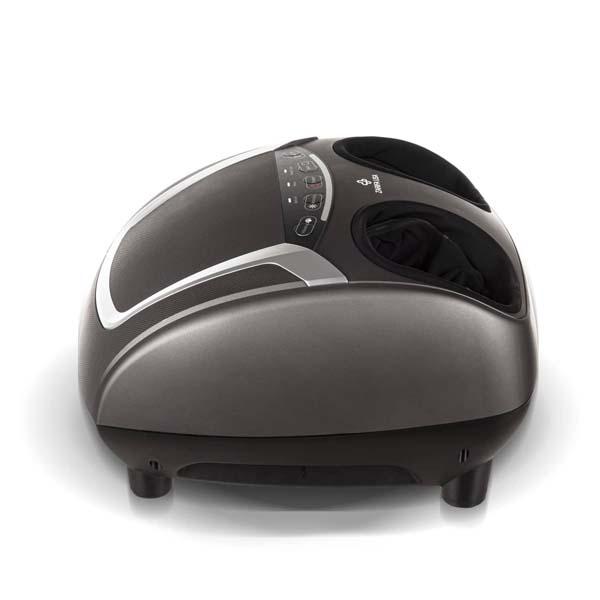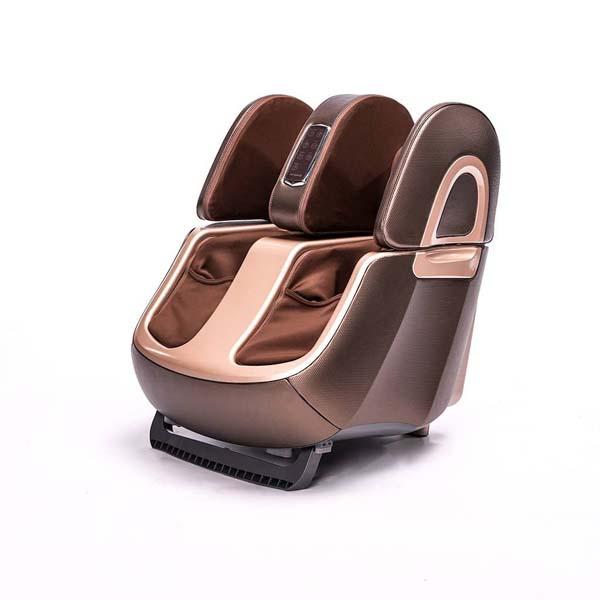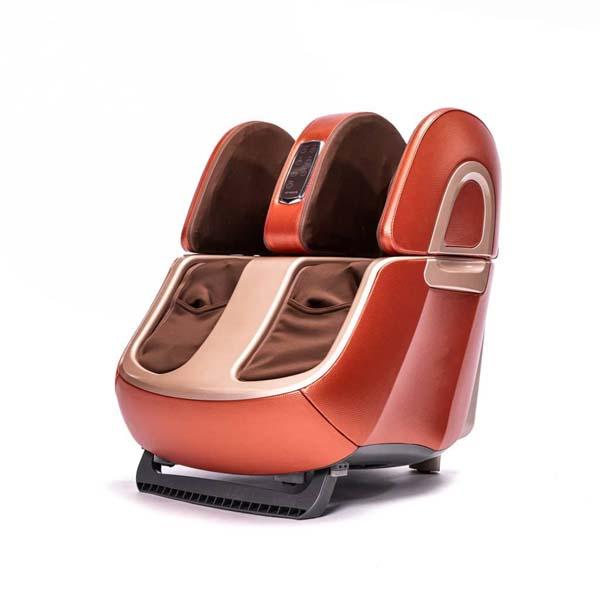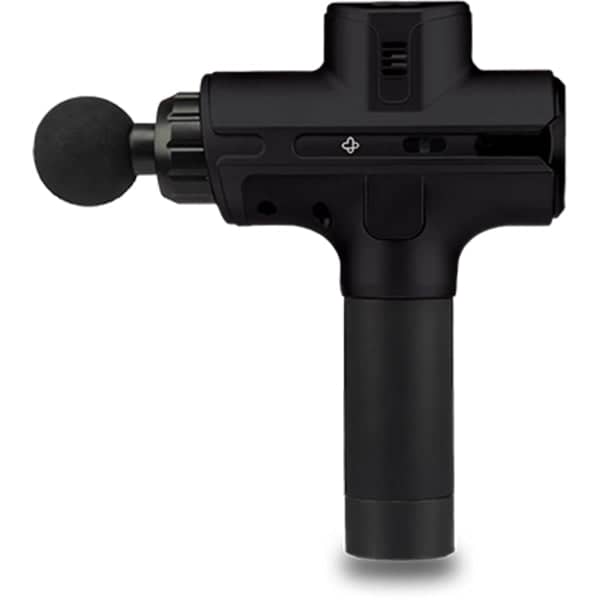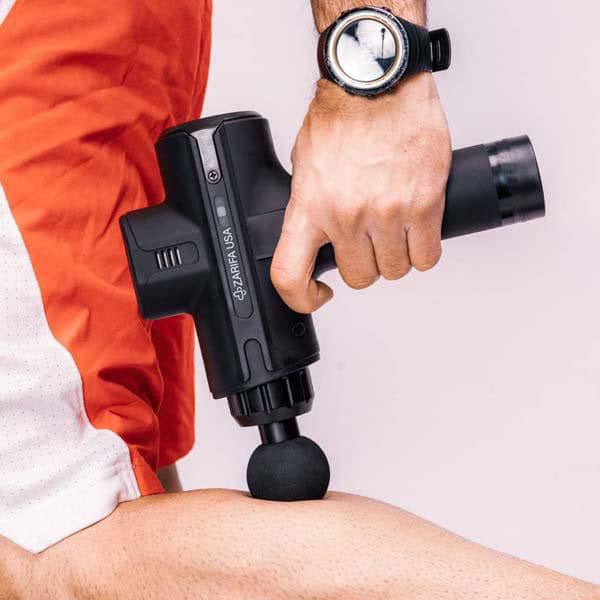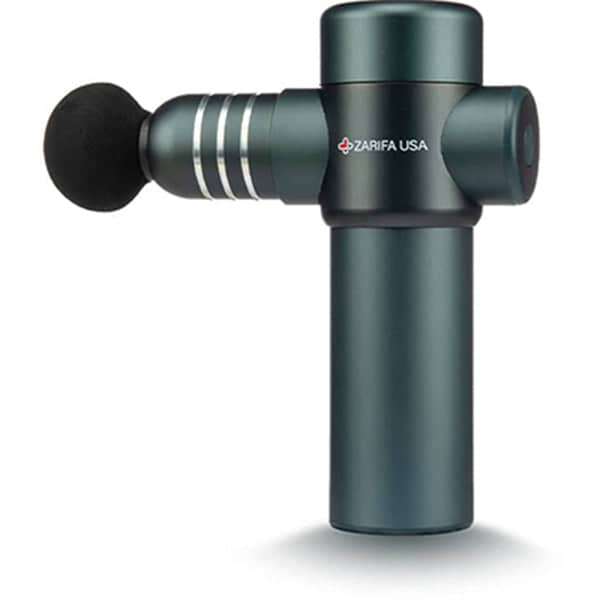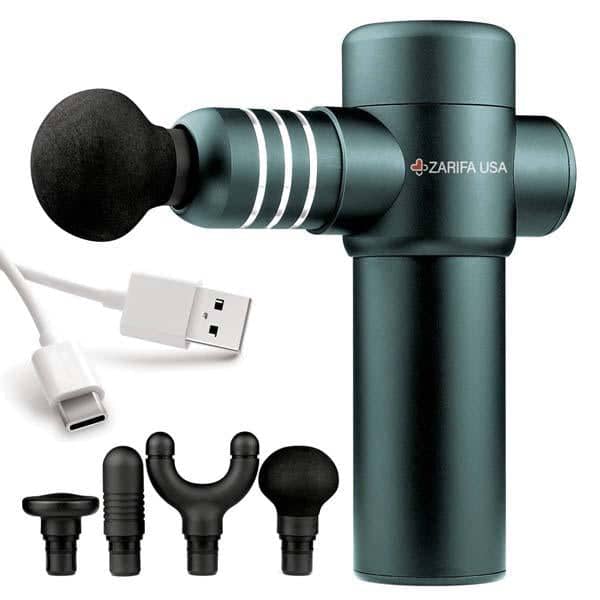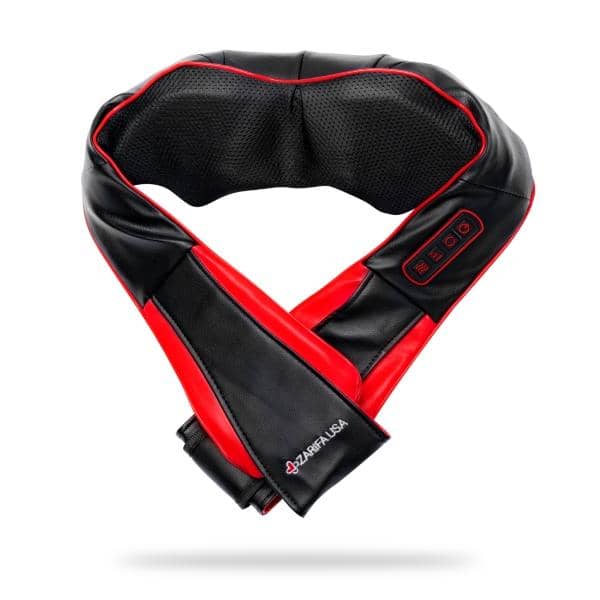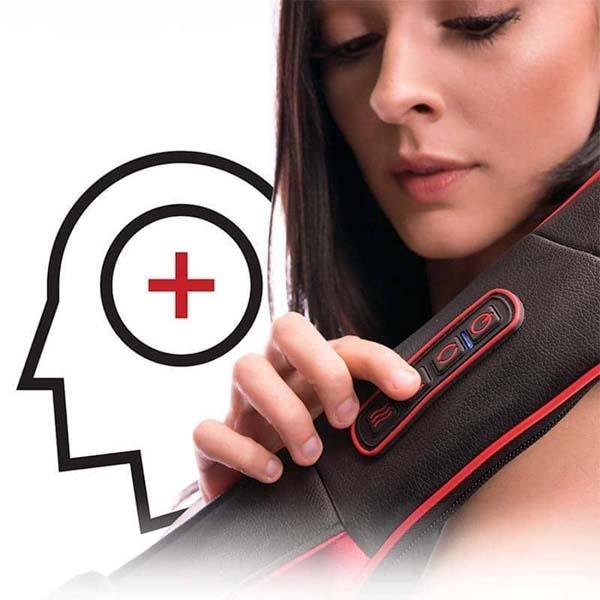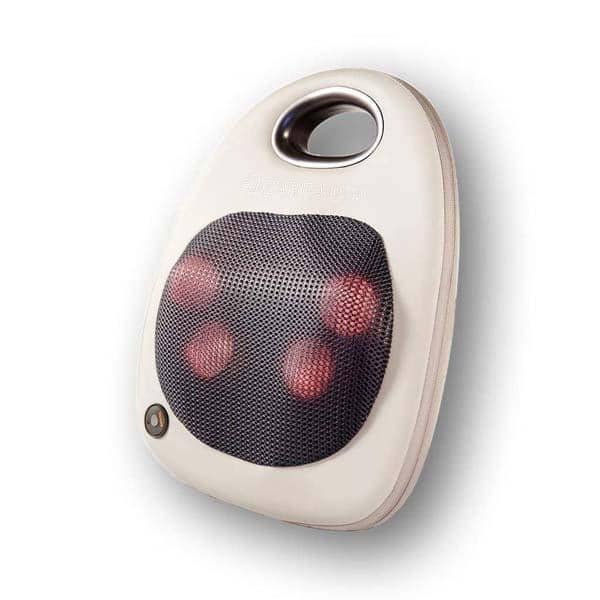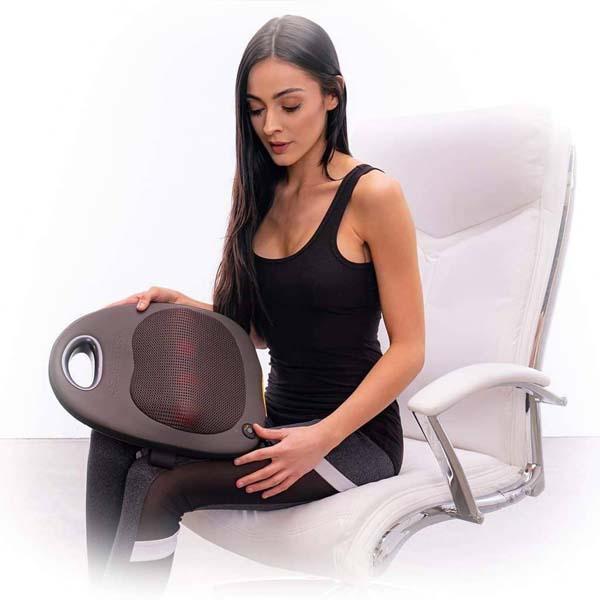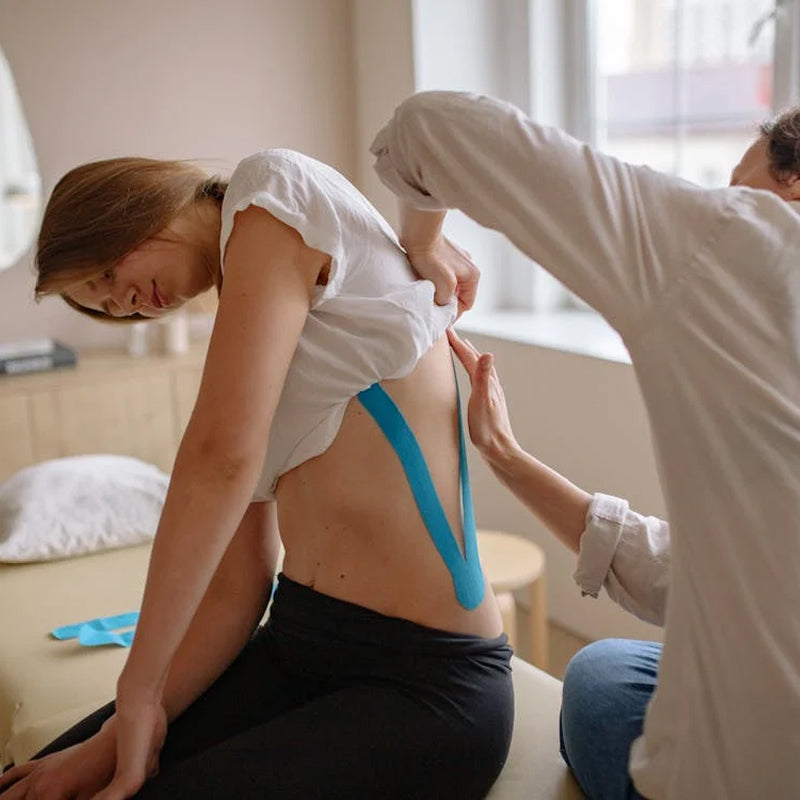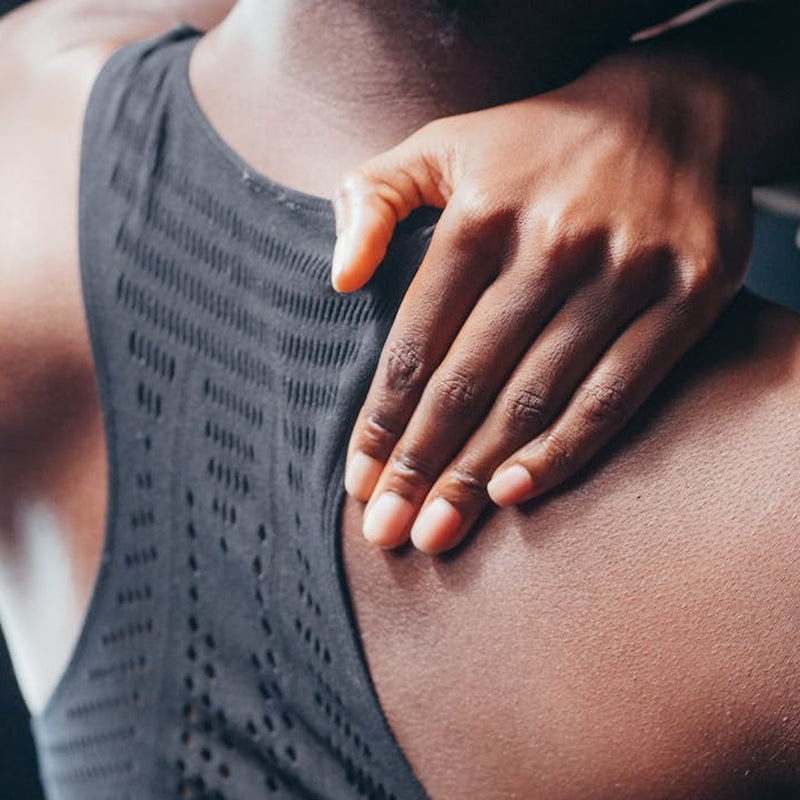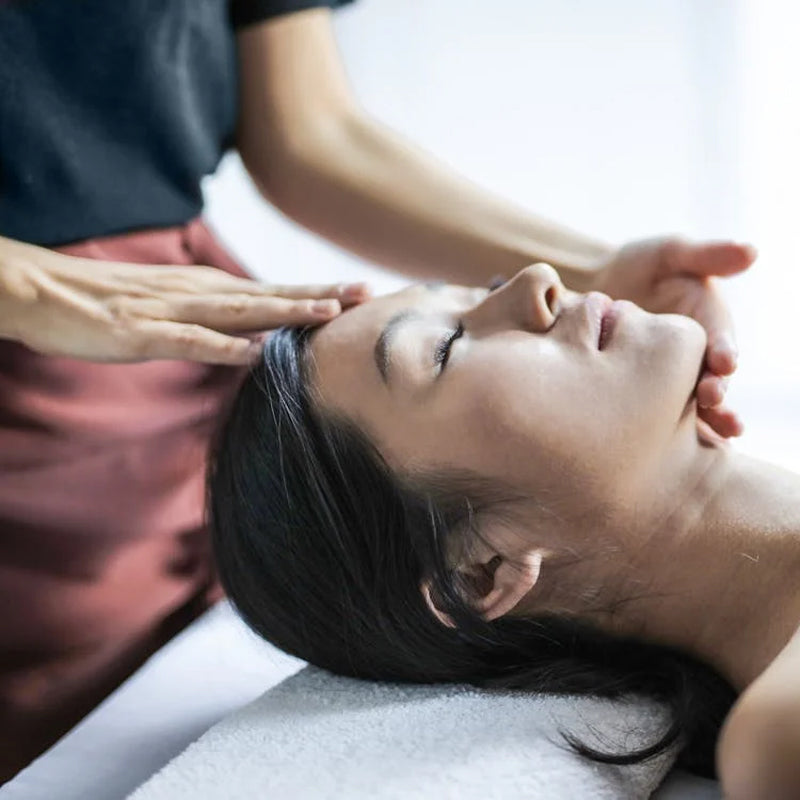Over the years, massage has transcended its status as an occasional indulgence to become a crucial part of modern wellness routines. As it has grown in popularity, several myths and misconceptions about massage have emerged. We’re here to dispel some of the most pervasive myths so you can begin your journey toward better health and relaxation informed and reassured.
Myth One: There’s Only One Kind of Massage
A common misconception is that massage is a one-size-fits-all remedy. Massage therapy, often performed by trained health care professionals, has become a crucial part of modern wellness routines. However, the reality is far more varied and interesting. From Shiatsu, which alleviates everything from stress to migraines, to TENS/EMS units targeting acupuncture points for diverse ailments, the options are extensive. Other popular types include Swedish massage, known for its soothing and relaxing strokes, deep tissue massage which targets deeper layers of muscle, and hot stone massage that uses warm stones to improve circulation and ease tense muscles.
Myth Two: Massages are For Pampering
While it’s true that massages are a fantastic way to pamper yourself, their benefits extend far beyond simple relaxation. Regular massage therapy can significantly reduce migraine frequency and intensity by focusing on specific pressure points. Furthermore, massages are recognized for their efficacy in alleviating symptoms of anxiety and PTSD, highlighting their role in a proactive health regimen rather than mere luxury.
Myth Three: You Can’t Get a Massage During Pregnancy
Once shrouded in caution, prenatal massage is now celebrated for its benefits. Although myths once suggested risks of premature labor, modern studies and organizations like the American Pregnancy Association advocate for its safety and efficacy at all stages of pregnancy, provided it’s performed by a certified prenatal massage therapist. Note that it’s advised to avoid EMS/TENS units during pregnancy as a precaution.
Myth Four: Pain After a Massage is Normal
While a degree of soreness post-massage can be normal, significant pain is not. It’s important to communicate with your therapist if you experience discomfort during or after a massage. Adjustments can be made to ensure that your massage is both effective and comfortable. Consulting with a physician is advisable if the pain persists, as it may indicate underlying issues.
Myth Five: The Effects of Massages are Temporary
The perception that massage benefits are fleeting is widespread. However, the therapeutic impacts of massage extend beyond temporary relief. Regular massage helps “train” your muscles to maintain relaxation and manage stress more effectively over time. With continued therapy, chronic tension often diminishes permanently.
Extending the Discussion on Massage Myths
Myth Six: Massage Can Spread Toxins Throughout the Body
It’s often said that massage can release toxins and therefore, must be paired with copious water intake to “flush” these toxins out. Scientifically, massage does increase circulation and can help in mobilizing substances within the body, but the idea that it releases harmful toxins is a misconception. The body’s own systems are well-equipped to handle detoxification without requiring any special measures post-massage.
Myth Seven: Stronger Pressure Equals a Better Massage
The belief that the harder the massage, the more beneficial it can be is a myth. Massage should be tailored to individual tolerance and need. For some, a lighter touch can be more effective, particularly in cases involving certain health issues or when relaxation is the primary goal. Communication with your massage therapist is key to ensuring the pressure is therapeutic and not painful.
Myth Eight: Massage is Unsafe for People With Cancer
Modern research indicates that massage can be a safe and beneficial part of the care plan for individuals with cancer. Specialized techniques can reduce pain and anxiety in cancer patients and survivors. However, it is crucial to consult with healthcare providers and possibly seek a therapist trained in oncology massage.
Myth Nine: Only Physical Benefits are Derived From Massage
While the physical benefits of massage, such as reduced muscle tension and pain relief, are well-known, the psychological benefits are equally significant. Regular massage sessions have been shown to improve mood, reduce stress levels, and even decrease symptoms of depression.
Dispelling these myths not only broadens our understanding of massage therapy but also enhances our ability to benefit fully from its many offerings. Remember, the goal of massage therapy is to tailor the experience to individual needs, promoting not just temporary relief, but lasting health improvements. For more information and to explore a range of massagers and accessories that suit your needs, visit Zarifa USA. Embrace the art of moving with grace, and let massage be a part of your wellness journey.
Top Myths About Massage Chairs and Massage Products
Massage chairs and massage products are widely used for relaxation and therapeutic purposes. However, several myths surround their usage, which can lead to misconceptions and underutilization. Let’s debunk some common myths to help users make informed decisions about these beneficial products.
Myth One: Massage Chairs are Just for Relaxation, Not Real Therapy
Many people view massage chairs as luxury items for relaxation rather than tools for genuine therapeutic benefits. In reality, massage chairs can offer significant health advantages, including reducing back pain, improving circulation, and even assisting with stress and anxiety management. Advanced models, like the Zarifa USA chairs, incorporate features like zero-gravity positioning and shiatsu massage techniques that are often used in professional therapeutic settings.
Myth Two: Using a Massage Chair Too Often is Bad for Your Health
There’s a common belief that frequent use of massage chairs can lead to muscle damage or other health issues. However, using a massage chair regularly is perfectly safe and can be beneficial. Consistent, moderate use of a massage chair can help maintain muscle elasticity and reduce stiffness. It’s important, however, to listen to your body and adjust the intensity and duration according to personal comfort and health conditions.
Myth Three: Massage Products Can Replace Professional Therapy
While massage chairs and products are excellent for daily relief and managing chronic symptoms, they should not be considered complete replacements for professional massage therapy. Professional therapists can provide targeted treatments for specific medical conditions and injuries, which massage products typically cannot achieve alone. It’s best to use massage chairs as a complement to professional care, not a substitute.
Myth Four: All Massage Chairs Are the Same
This myth could not be further from the truth. Massage chairs vary widely in terms of features, technologies, and quality. For example, Zarifa USA offers models with specialized functionalities like 3D and 4D massage capabilities, lower back heat therapy, and different massage programs tailored to address various issues like lumbar pain or leg swelling.
Myth Five: Massage Products are Unnecessary for Young People
There’s a misconception that only the elderly or those suffering from chronic pain can benefit from massage products. Young people can also benefit significantly from using massage chairs and products. They can help manage the stress of daily life, improve posture, and prevent the onset of chronic pain by addressing minor aches and maintaining good circulation.
Myth Six: Massage Chairs Can Aggravate Back Problems
While it’s essential to consult with a doctor if you have severe back issues, for most people, massage chairs can actually help alleviate back pain. They work by providing consistent pressure to relax tight muscles and improve alignment. Certain massage chair models are designed with features that specifically target the spinal area, promoting better back health.
Myth Seven: Massage Chairs Use a Lot of Electricity
Some believe that massage chairs consume as much power as major appliances. Modern massage chairs are designed to be energy-efficient, often using no more electricity than a small household appliance. Features like auto-shutoff also help conserve energy by turning the chair off after a set period of inactivity.

